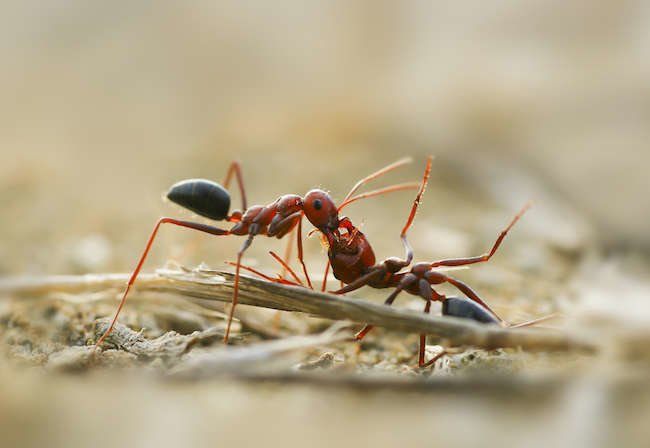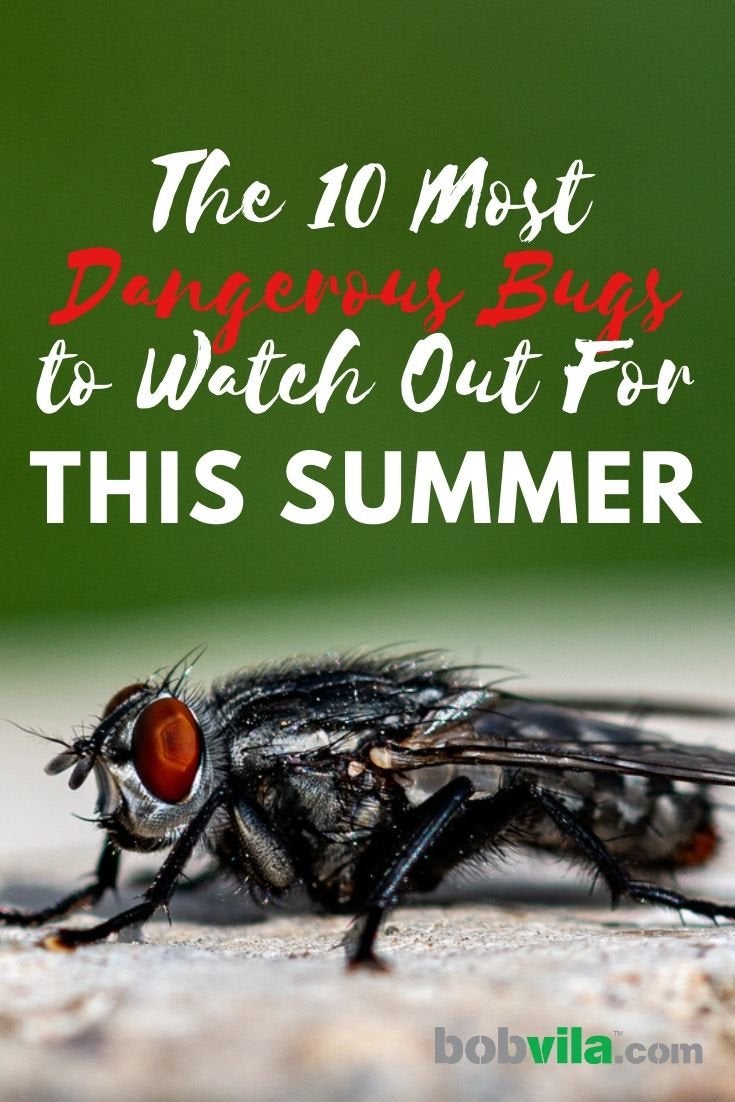We may earn revenue from the products available on this page and participate in affiliate programs. Learn More ›
Africanized Bees
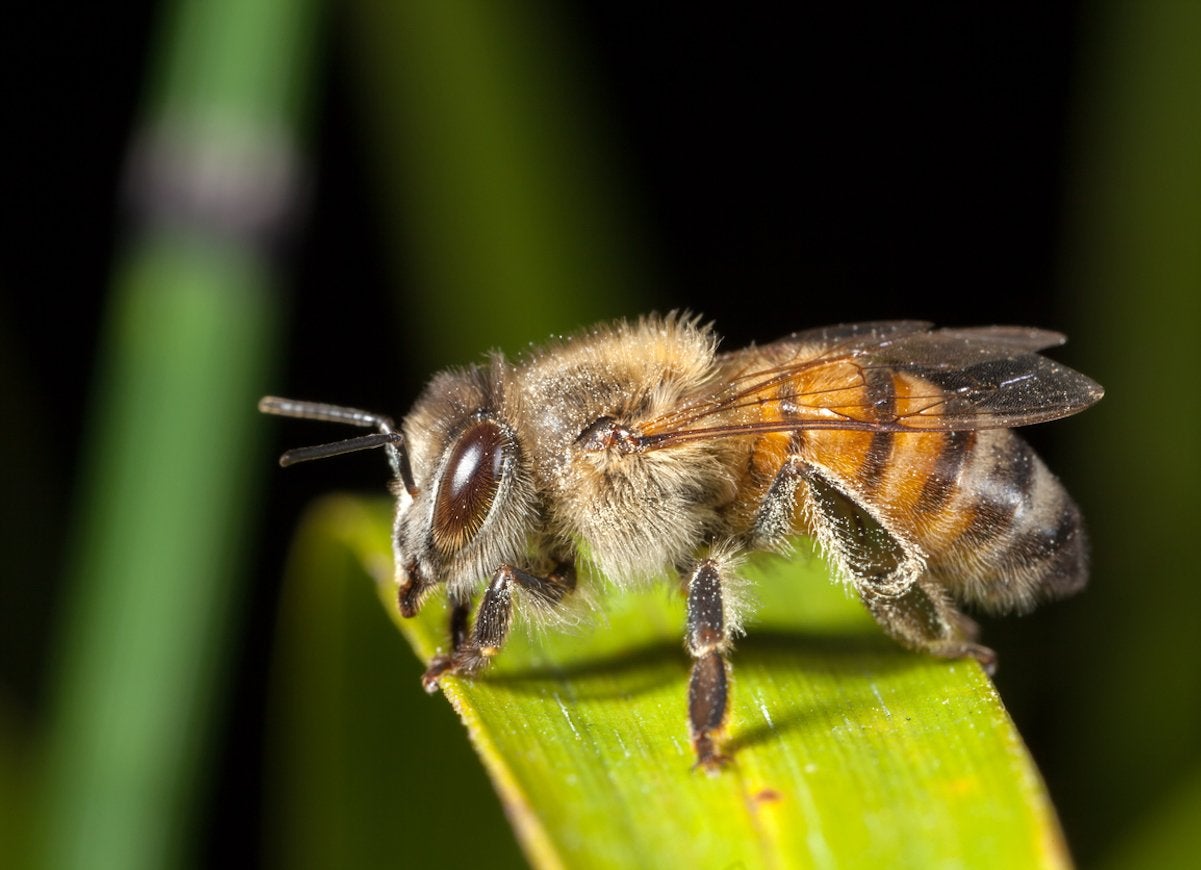
Most bees are beneficial and play an important role in gardening and agriculture. Africanized bees, on the other hand, are a hybrid strain that are extremely aggressive, attack in swarms, and have been known to chase people for more than a quarter of a mile. These Africanized bees have been moving northward in the United States over the past few decades and can now be found in Texas, Arizona, Nevada, New Mexico, Florida, California, Louisiana, and Arkansas. Popularly called “killer bees,” they have caused the deaths of more than a thousand people worldwide. Though their venom isn’t stronger than that of other bees, they tend to attack as a swarm, delivering hundreds or thousands of stings. Reactions can include skin inflammation, swelling, numbness, weakness, headaches, dizziness, nausea, diarrhea, and vomiting.
Black Widow Spiders
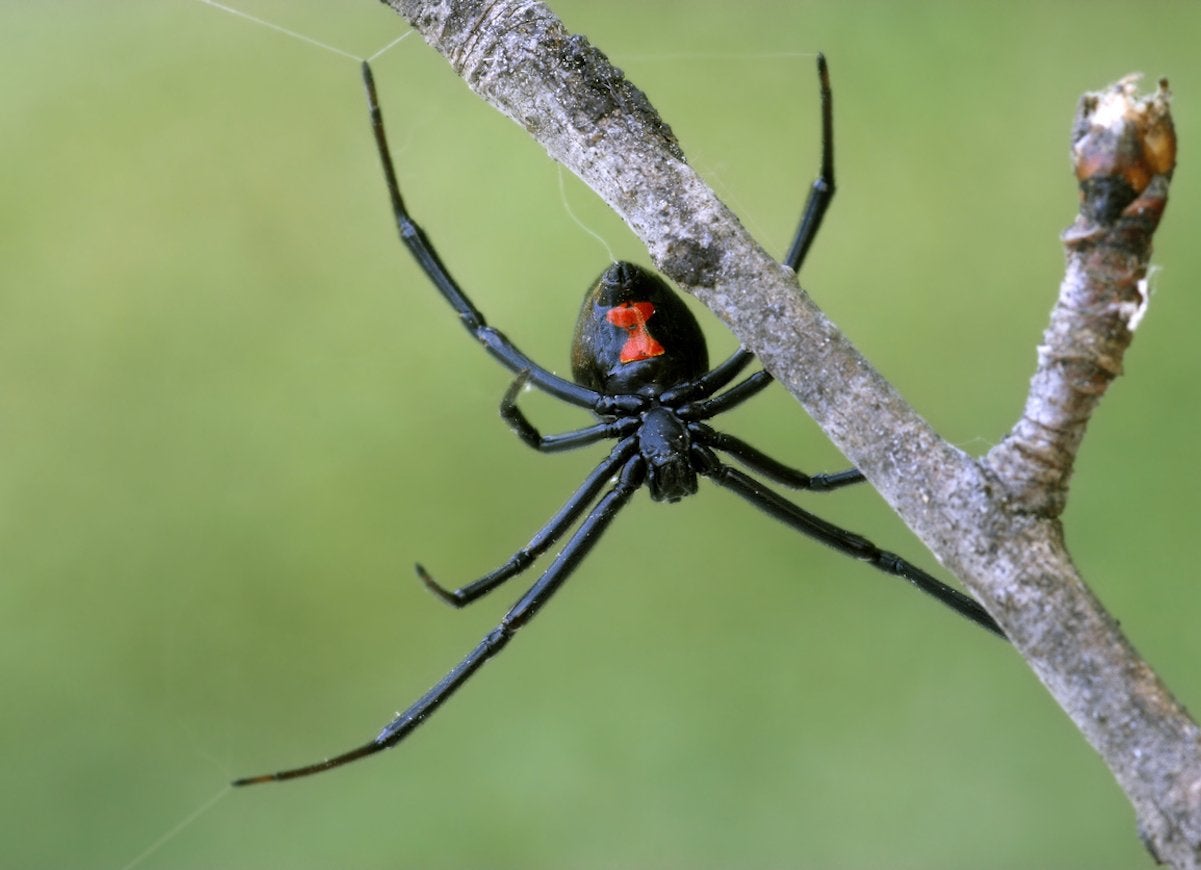
The black widow spider—so named because the females typically kill and eat their mates—is the most venomous spider in North America; drop for drop, the small spider’s venom is 15 times more toxic than a rattlesnake’s. Black widow spiders can be found throughout the United States, although they are most common in the Southwest. Black widow spider bites cause severe muscle pain and spasms, abdominal cramps, nausea, and breathing difficulties. Fortunately, most black widow spider bites do not result in death.
Ticks
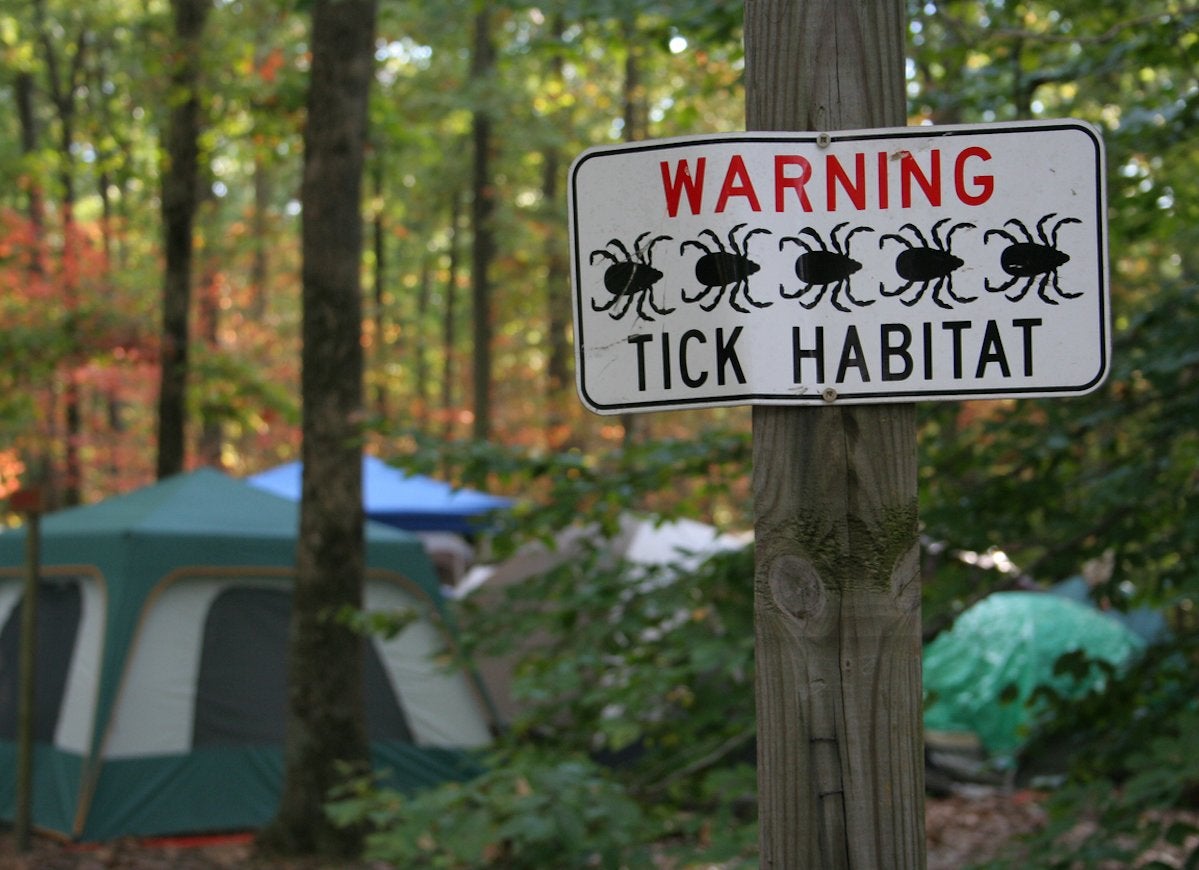
Tiny blood-sucking parasites that attach to and feed on mammals, ticks are the source of a wide variety of dangerous illnesses, including Lyme disease; Rocky Mountain spotted fever; anaplasmosis, a bacterial infection; and babesiosis, an infection of the red blood cells. According to the Centers for Disease Control and Prevention, the prevalence of tick-borne illnesses has more than doubled in the past decade, and disease-bearing ticks are now found in every state. Deer ticks—which carry Lyme disease and anaplasmosis, among other illnesses—are now found even in America’s largest cities.
Mosquitoes
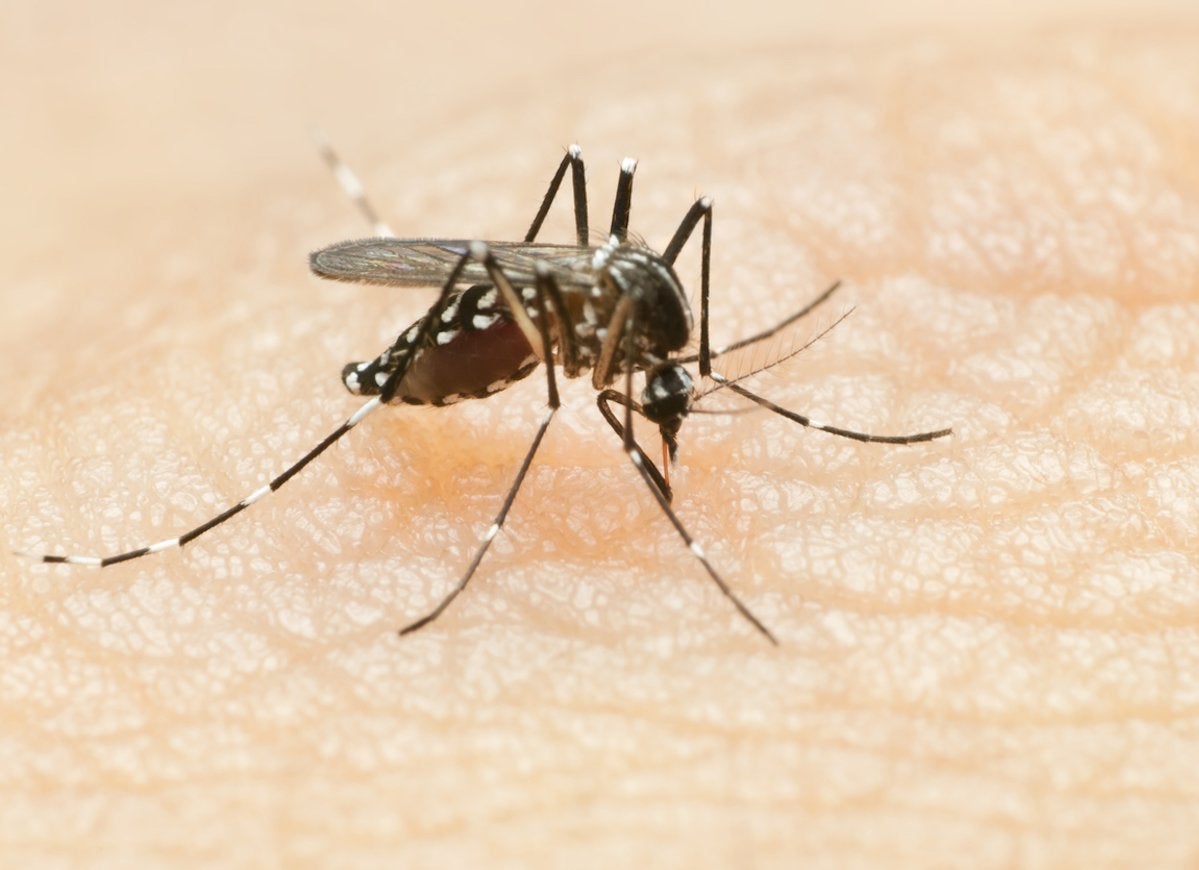
Mosquitoes are more than just itch-producing annoyances. Certain varieties are deadly, spreading malaria, Zika virus, dengue fever, yellow fever, and St. Louis encephalitis. According to the American Mosquito Control Association, more than 1 million people worldwide die each year from mosquito-borne illnesses. Malaria-carrying mosquitoes are found in the southern and eastern United States as well as in coastal California, and every state harbors some sort of disease-carrying mosquito.
Related: How to Get Rid of Mosquitoes Naturally: Our 15 Best Tips
Red Ants
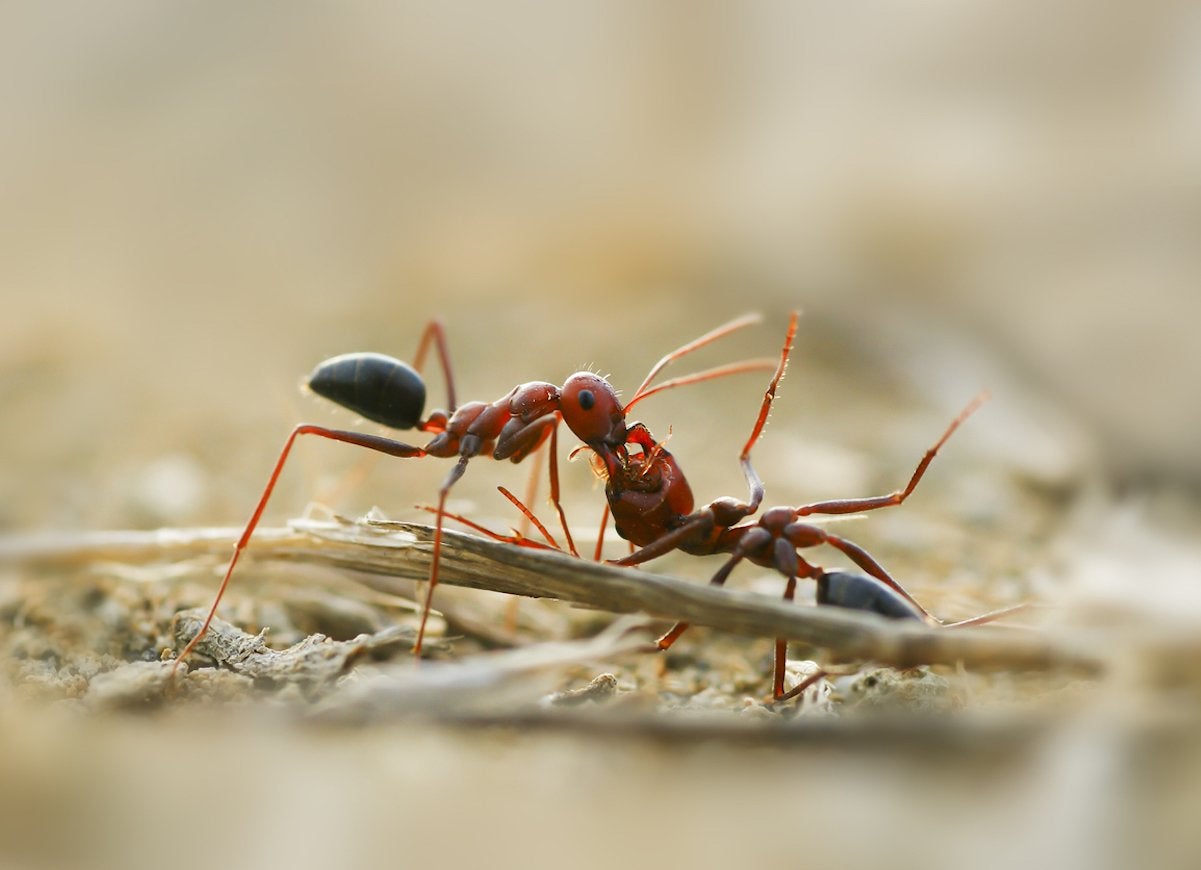
Two types of ants in the United States are dangerous to humans: red harvester ants and fire ants. Typically found in the American South and Southwest, these ants swam and attack humans, causing painful, itchy welts and allergic reactions that include breathing problems, chest pains, slurred speech, excessive sweating, and swelling. Another dangerous species is the Maricopa harvester ant, found in the Southwest, which produces one of the most toxic venoms known.
Related: Solved! This is How to Get Rid of Ants in the Kitchen Once and for All
Brown Recluse Spiders
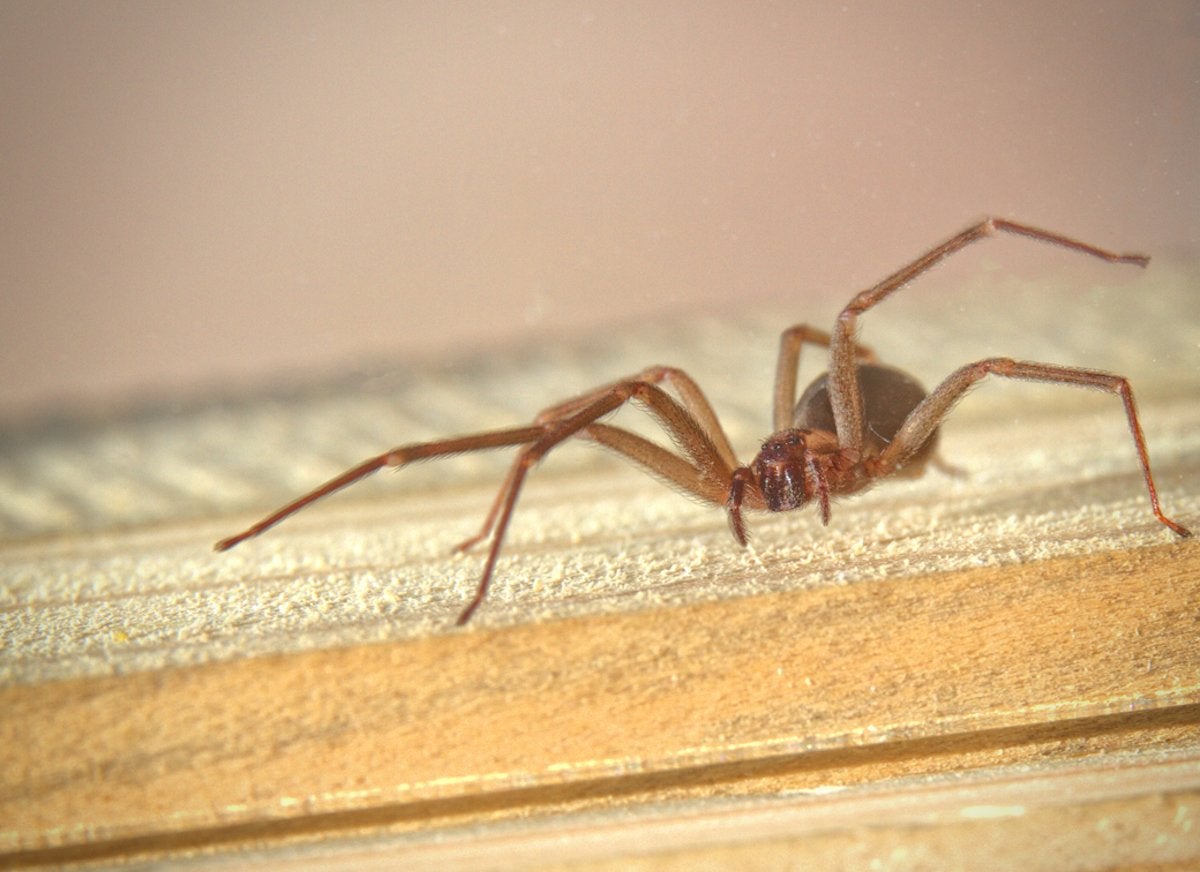
These long-legged arachnids may look harmless, but their venom contains a powerful neurotoxin that causes fever, bloody urine, fatigue, jaundice, joint pain, nausea, rashes, and in some rare cases, convulsions and death. Brown recluse spiders are found in 15 states, primarily in the South and Southwest. They generally nest in small, dark areas, including cardboard boxes, drawers, closets, shoes, and gloves, or underneath piles of clothes.
Wasps
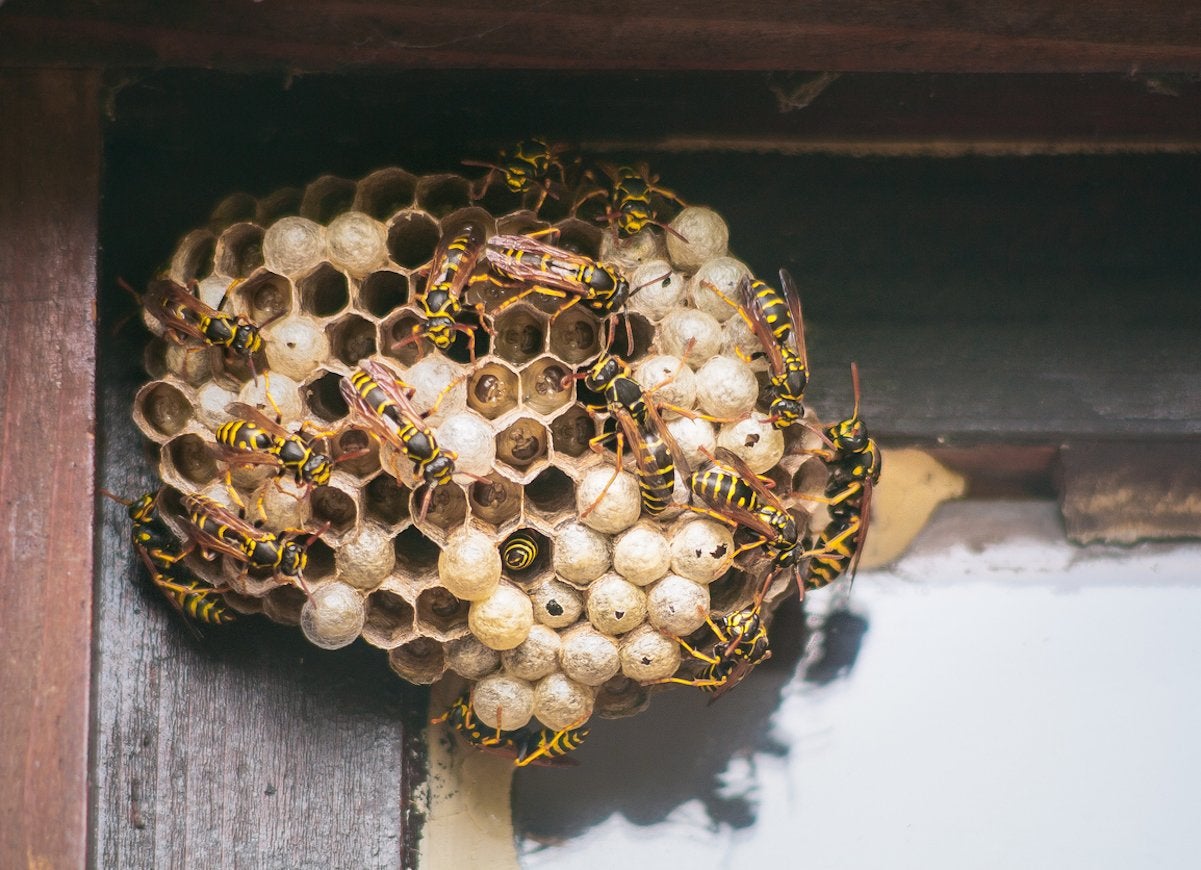
Two types of wasps are particularly aggressive and dangerous, German yellow jackets and paper wasps. Both are found throughout the United States in close proximity to humans, and both are extremely aggressive, stinging seemingly without provocation. Wasp stings are painful and can cause allergic reactions, including shortness of breath, vomiting, dizziness, low blood pressure, itchy rashes, and throat and tongue swelling.
Cockroaches
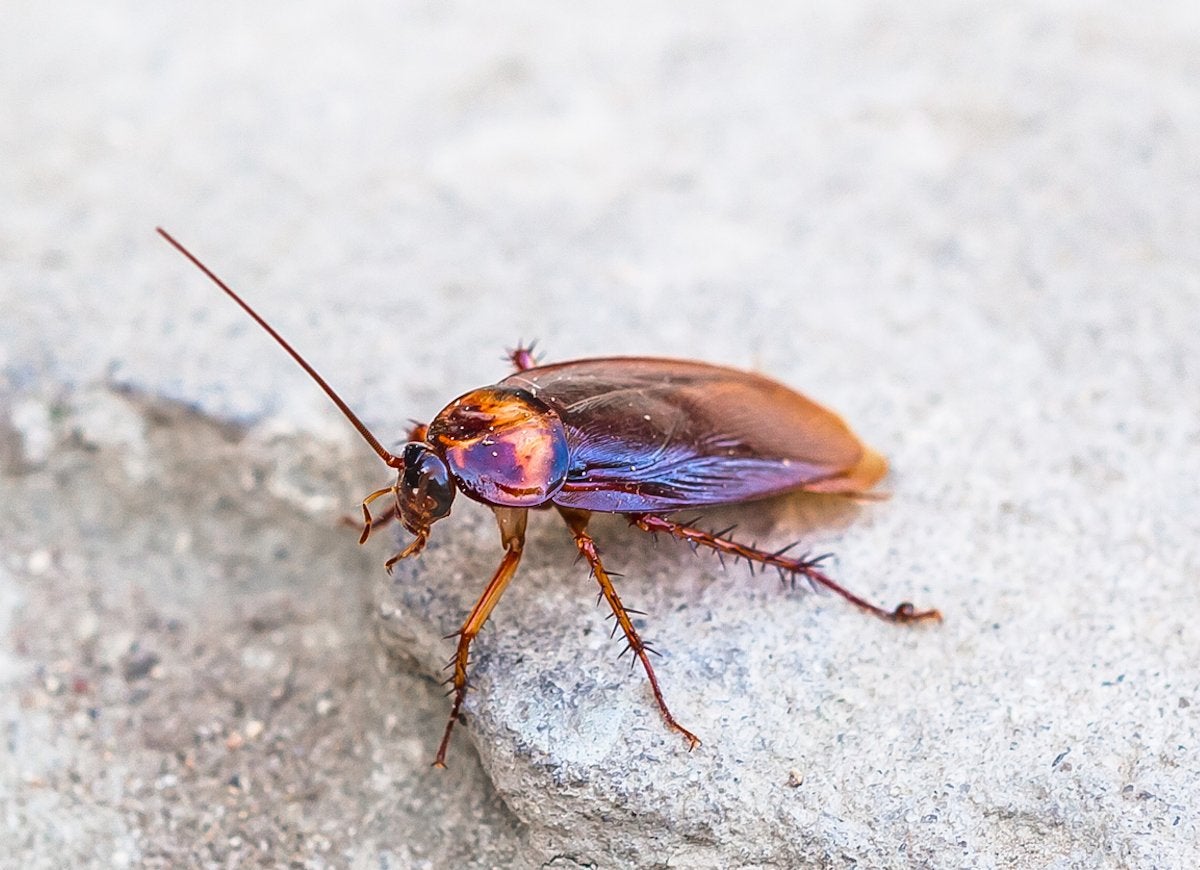
Cockroaches are a disgusting fact of life in most major U.S. cities. Cockroaches live on garbage and leftover food and will eat practically anything, including human flesh. If provoked, cockroaches will bite feet, hands, fingernails, and eyelashes, but cockroach bites are very rare. Cockroaches are, however, common triggers for asthma or allergies. While cockroaches can spread illness, they do it by contaminating food and food prep areas, not by biting.
Related: 30 Things in Your House That Are Attracting Bugs and Rodents
Arizona Bark Scorpions
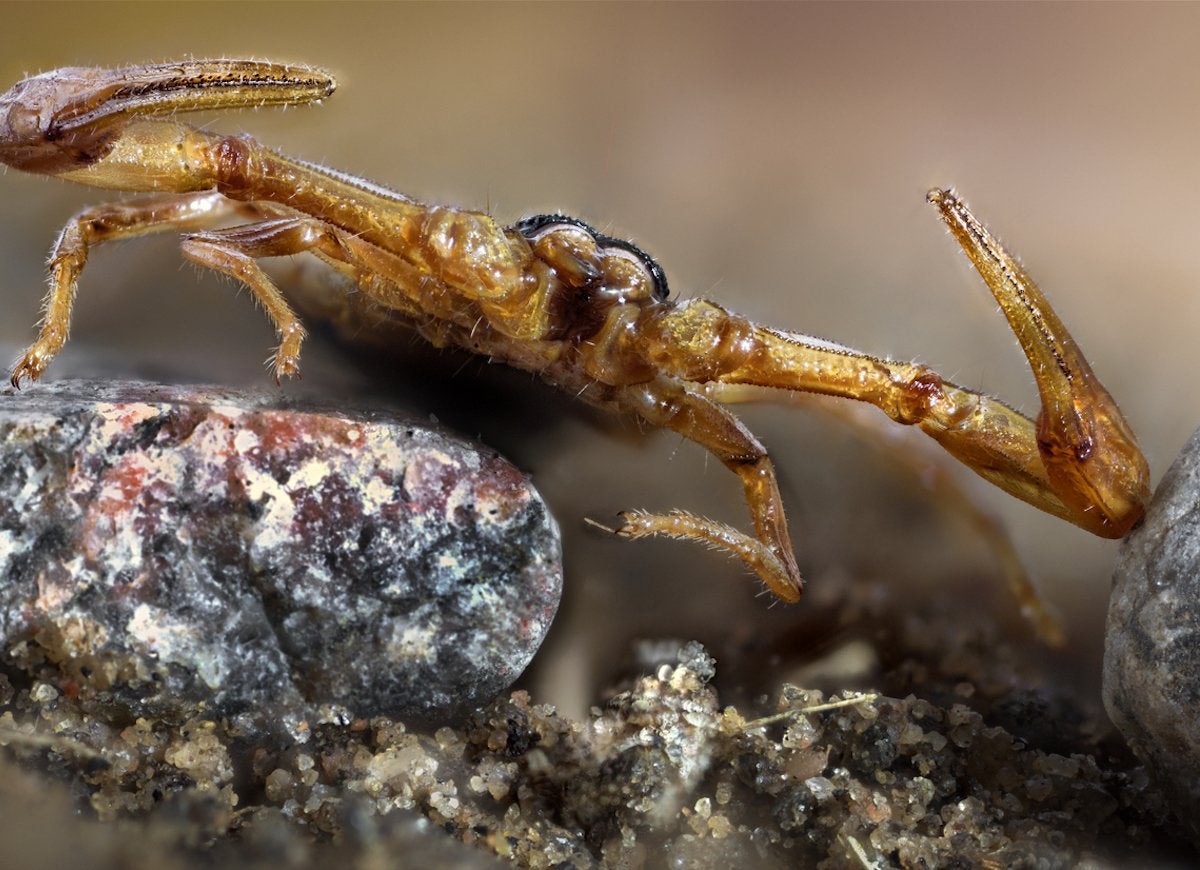
The Arizona bark scorpion is the most venomous scorpion in North America. One sting can cause excruciating pain, numbness, tingling, and vomiting. These scorpions are common throughout Arizona and California, with a range that extends into southern Utah and throughout the southwestern Sonora Desert.
Yellow Sac Spiders
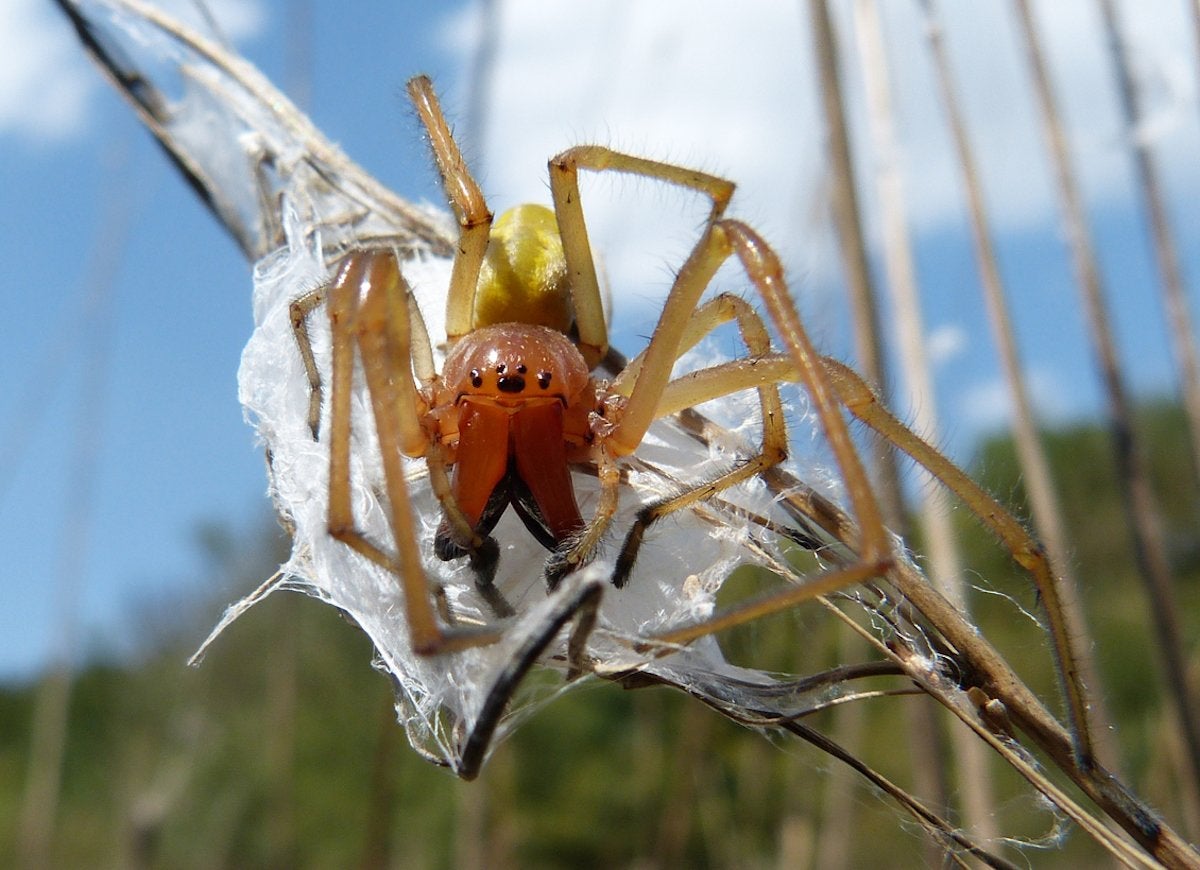
Yellow sac spiders are among the most aggressive spiders in North America. According to Michigan State University, sac spiders are responsible for more bites than any other species of spider. Common throughout New England and the Midwest, sac spiders attack any person or animal that comes near; the bites cause pain, swelling, bruising, and blistering.
Related: 10 Tiny Bugs in Your House and How to Get Rid of Them

Everything You Need for a Lush and Healthy Lawn
Keeping your grass green and your plants thriving doesn’t just take a green thumb—it starts with the right tools and supplies.

